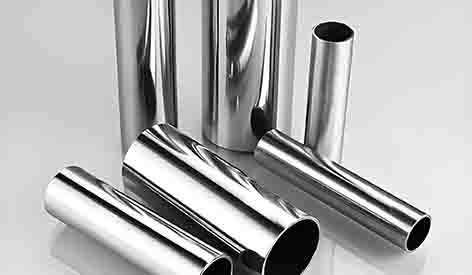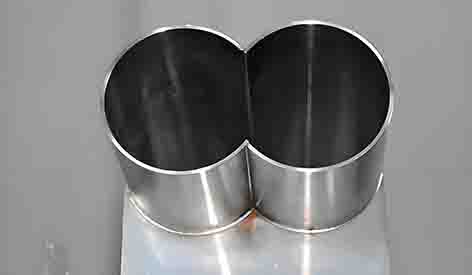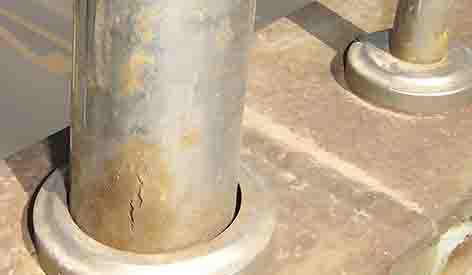ㆍPrivacy: We respect your privacy. Here you can find an example of a non-disclosure agreement. By submitting this form, you agree to our terms & conditions and privacy policy.
Views: 11 Author: Allen Xiao Publish Time: 2025-07-10 Origin: Site








304 stainless steel is one of the most widely used austenitic stainless steels, known for its excellent corrosion resistance and durability. Composed of 18% chromium and 8% nickel, this alloy forms a passive oxide layer that protects it from rust in most environments. However, under certain conditions—such as exposure to chlorides, acids, or extreme temperatures—304 stainless steel can corrode. Understanding its limitations helps in selecting the right material for various applications.
content:
Unlike ferritic or martensitic stainless steels, 304 stainless steel is generally non-magnetic in its annealed state due to its austenitic crystal structure. However, cold working—such as bending or machining—can induce slight magnetism. This property is important in applications where magnetic interference must be minimized, such as in medical or electronic equipment.
The "304" designation refers to its composition under the ASTM and SAE grading systems. This grade ensures a balance of corrosion resistance, formability, and weldability, making it suitable for kitchen appliances, food processing equipment, and architectural structures. Higher-grade variants like 304L (low carbon) offer better resistance to sensitization during welding.

304 stainless steel is favored for its versatility, strength, and resistance to oxidation. Its ability to withstand high temperatures (up to 870°C or 1600°F) makes it ideal for industrial and automotive uses. Additionally, its hygienic surface prevents bacterial growth, making it perfect for food and pharmaceutical industries.
This alloy is found in everyday items like sinks, cutlery, and cookware, as well as in industrial settings such as chemical tanks, piping, and heat exchangers. Its aesthetic appeal also makes it popular in architectural designs, including handrails and facades. It is more suitable for manufacturing precision parts through processes such as stainless steel cnc machining and sheet metal manufacturing.
Yes, 304 stainless steel is FDA-approved for food contact due to its non-reactive surface. It doesn’t leach harmful chemicals, making it safe for cookware and medical instruments. However, prolonged exposure to highly acidic or salty environments may require higher-grade alternatives like 316 stainless steel.
304 stainless steel is highly weldable, but precautions must be taken to prevent carbide precipitation (sensitization), which reduces corrosion resistance. Using low-carbon 304L or post-weld annealing helps maintain integrity. TIG and MIG stainless steel welding are commonly used, ensuring strong, corrosion-resistant joints.

No, 304 stainless steel is non-toxic and safe for human contact. Its primary components—chromium, nickel, and iron—are biologically inert in solid form. However, welding fumes from stainless steel should be properly ventilated to avoid respiratory issues from hexavalent chromium exposure.
Nickel (8-10.5%) enhances ductility, toughness, and corrosion resistance, particularly in acidic environments. It stabilizes the austenitic structure, improving formability and weldability. However, nickel also increases material costs, which is why some industries opt for nickel-free alternatives when possible.
While 304 stainless steel resists rust better than carbon steel, it is not immune. To prevent corrosion:
Avoid prolonged exposure to saltwater or chlorides.
Clean surfaces regularly to remove contaminants.
Use passivation treatments to restore the oxide layer.
Consider 316 stainless steel for harsher environments.

304 stainless steel is a reliable, corrosion-resistant material for many applications, but it can rust under extreme conditions. Understanding its properties—such as magnetism, grade specifications, and nickel content—helps in making informed material choices. Proper maintenance and welding techniques ensure longevity, making 304 stainless steel a cost-effective and safe option for most industrial and consumer uses.
content is empty!

